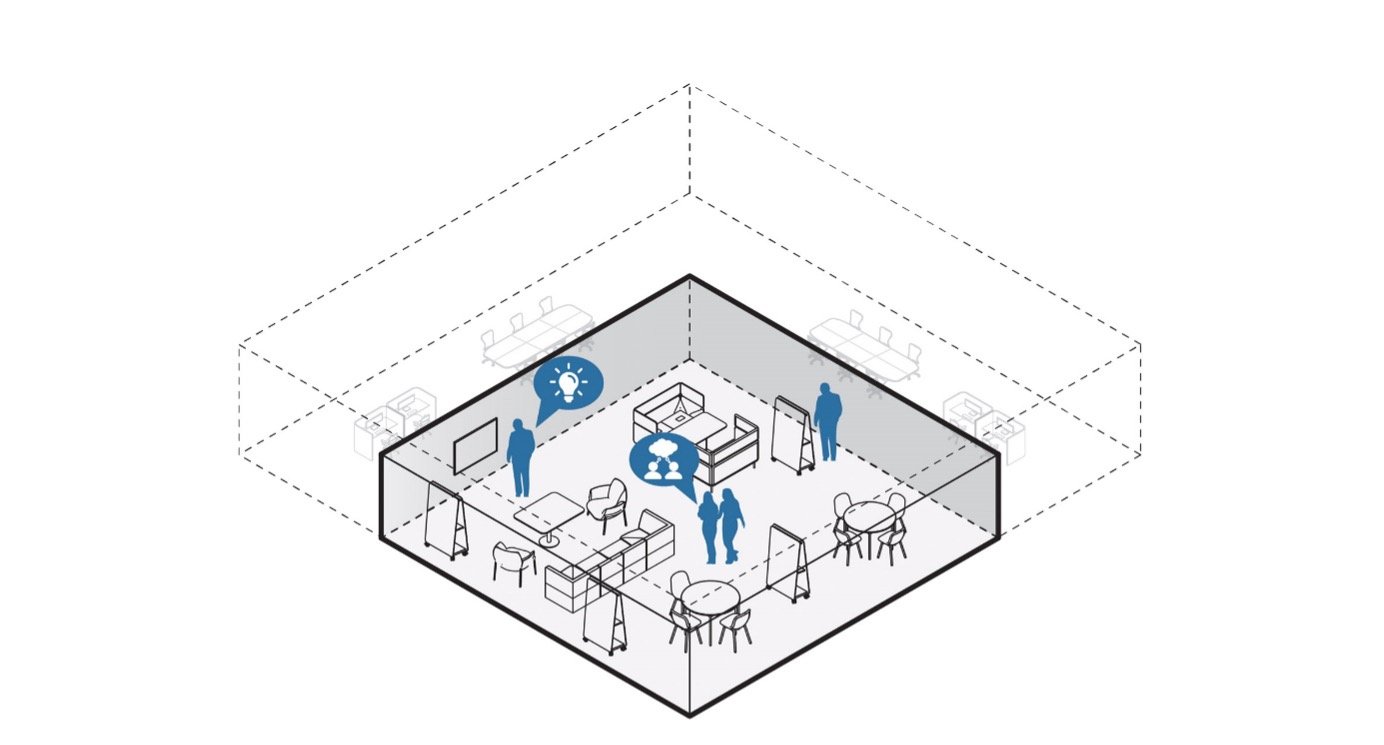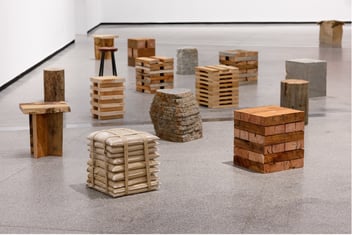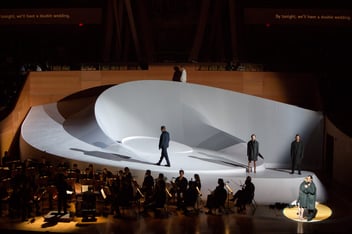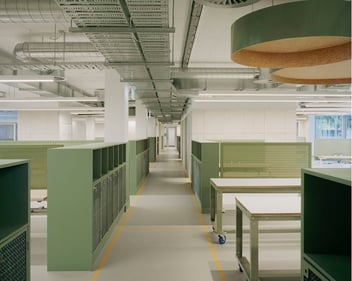Rethinking the Office
Suddenly, the mechanisms of these spaces were brought to our attention and we began to see these spaces in a new light. A light that was not always positive.
Those of us who work in offices, whether it’s within a CBD tower or a suburban warehouse conversion, began to see the shortfalls of the type. Offices are high-density and don’t adapt very well to individual needs.
Offices have defined the way we think about work, rather than simply being a place where we do it.
Woods Bagot has recently looked into this and has developed a series of ways we might redefine and design office spaces. In an interview with Dezeen, Woods Bagot said; “We see the physical office becoming a more club-like space, a place of creative interaction”.
This is described in one of their versions of the office called ‘The Culture Club’, a layout that imagines the office as a place for only meetings, with employees working primarily from home or in satellite offices.
Rethinking the office is not just important post-pandemic. It’s important to always be critically examining perennial typologies like the office, and the nuclear family home and what they say about the way we live today.
Is architecture preventing us from working how we want to work, learning how we want to learn and living how we want to live?






